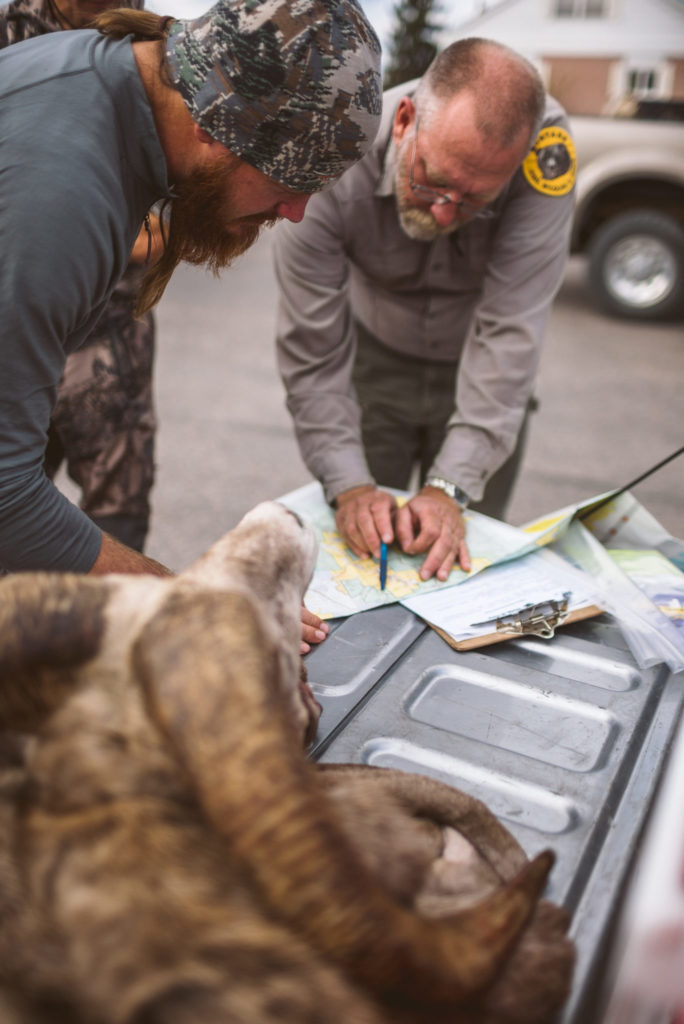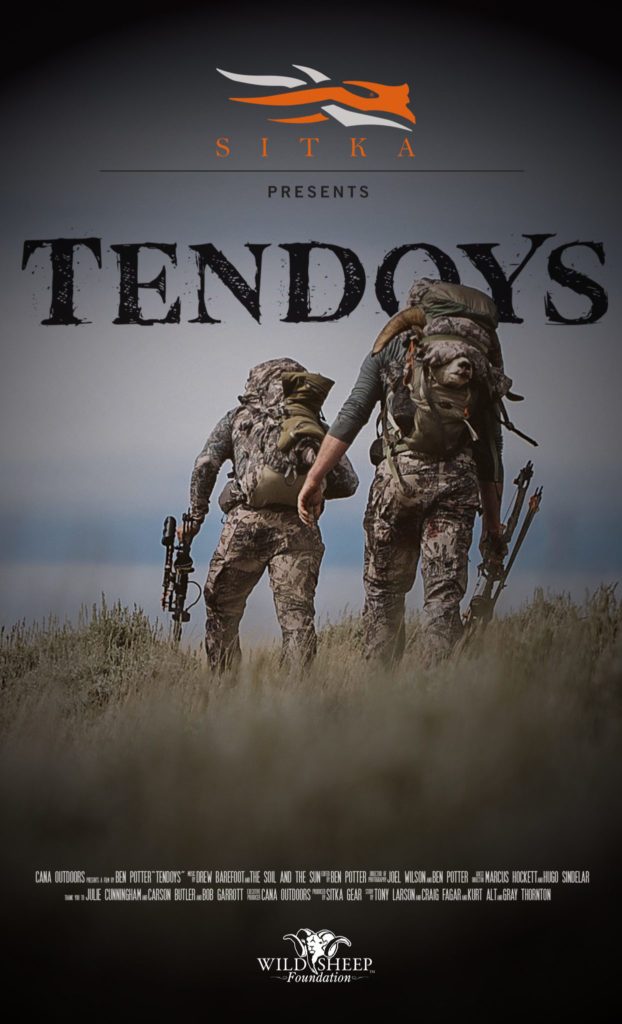Hunting is conservation. These three words are so common in the hunting industry and media today that they could be considered one of the “ten commandments” of North American Wildlife Model scripture. It’s a phrase that I have personally used in my writing, on social media, at dinner tables, barbeques, and social gatherings for years. We all owe a debt of gratitude to the Rocky Mountain Elk Foundation (RMEF) for providing us with one of the most powerful public relations tools we hunters have ever had at our disposal.
But there’s a problem with this phrase: it’s not enough. These three words are just that: words. Words that too often get tossed around without a thought for the actions that make them meaningful. And in the age of WTF, LOL, IMHO and countless other intelligence-sapping swill, the value of a word, whether spoken or written, is at an all-time low. Some of you might argue that words have never held more power given the democratization of publishing and the access to knowledge that the internet has given the world. But I could not disagree more.
No different than a central bank flooding the market with freshly printed cash, the oversupply of words does nothing to increase the value of that supply. No, it has the opposite effect. And herein lies the crux of this article. Words come cheap.
Look at the uproar from the Cecil the lion fiasco. The pampered and purposeless masses of the “first world” lit up social media with words. Not action; words. Vapid, illogical, ludicrous words. Without thinking critically, without researching the issues at hand, and without hesitation, they used words to show who they were. Because words come cheap.
Hunting IS conservation, but as hunters and more importantly conservationists, we have been able to use these words confidently because these words are backed by action. Actions that make a difference. Actions spearheaded by organizations fighting the good fight. Actions that have real world consequences. Actions backed by science and research. Actions that serve a purpose greater than stroking our narcissistic egos. But it’s still not enough.
We can no longer rely solely on the leaders, members and stewards of organizations like the WSF, RMEF, BHA, RMGA, TRCP, MDF and countless others to be our conservation army — our force of action that we deploy on our behalf. We can no longer passively participate in the action of conservation by simply paying our annual dues or attending a fundraising banquet. No. This is not enough. We must rise to the occasion and make a commitment to each other and to the generations to come to ACT.
As hunters our actions must always speak louder than our words. What we hunt. How we hunt. Who we hunt with. How we donate our time to conservation efforts. The pictures we share online. The stories we share with friends, family and non-hunters. And perhaps most importantly, how and where we spend our money on our hunting passion.
Individually, our purchase decisions are quite possibly the most important action in our inalienable control when it comes to conservation. Remember that when the phrase hunting is conservation is used, it’s largely referencing the economic power of the monies collected via licenses and taxes on the sale and purchase of goods related to the hunting and shooting industry. But I suggest we can and should take this even further by carefully selecting companies and brands that invest their money, time, and actions where it matters most.
Do you support brands that go out of their way to give back to the hunting and conservation community? These decisions are integral to the future of game populations, wilderness area access, and, of course, hunting. These purchase decisions are your chance to act in a truly meaningful way.
And this is why I am so proud to include the likes of Sitka and First Lite as sponsors of The Journal of Mountain Hunting. These two companies, in their own respective manners, are putting words (and money) into action. Both companies have been longstanding supporters of a number of conservation organizations, yet, never content to rest on their laurels, both continue to take actions to lead the apparel industry in supporting conservation initiatives. This cannot be said about some of the other supposed leaders in this field.
Sitka’s support of the RMEF and Wild Sheep Foundation (WSF) is well documented, but this year Sitka really showed their commitment to meaningful action when they released TENDOYS; a unique film about the wild vs domestic sheep issues plaguing bighorn populations in the US and Canada. Making a quality, well-produced film is not cheap, and most companies would predictably focus on a subject that emphasized their products and how “hardcore” their users are. But TENDOYS is different. There are no stomper rams, no 400+ inch bulls, and no Alaskan blizzards convincing us that Sitka’s apparel can withstand anything Mother Nature throws at us.
Is there plenty of “Optifade porn”? Of course. But to suggest the film is about products first and conservation second would be downright ignorant. It’s a film with an important message. A message that transcends brands and supersedes debates over what waterproof laminate is in fact the most waterproof. It’s a film about taking action. Actions that some would consider controversial. Actions that show what conservation via hunting — and killing — really means.
So take 15 minutes out of your day and sit down to watch TENDOYS. I don’t care whether you’re part of the “tribe,” the “nation,” or just want to “go farther and stay longer.” I don’t care whether you’re an elk addict, muley freak or have a bad case of sheep fever. Watch it. This is a film about taking action. About leading from the front. And when it comes time to make a purchase, any purchase, this year, think about your actions. Do they speak for what you stand for?



